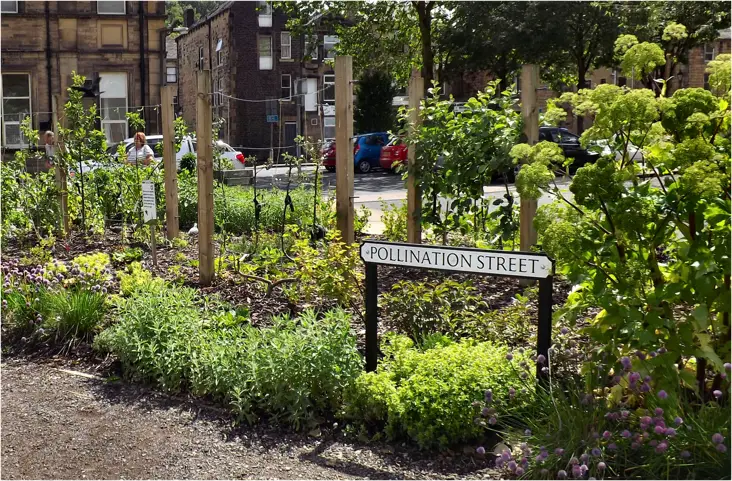No Quick Fix, No Money: Managing Reconstruction in Disaster Regions
One can’t help feeling a little bewildered by the news of yet another global catastrophe, another ‘biggest’, ‘worst’, ‘deadliest’. The Philippines is struggling through the immediate aftermath of the worst storm since records began, and getting the attention it deserves. Here’s hoping that attention brings with it the sense to think ahead.
My bewilderment lingers, however, because another ‘worst’, ‘deadliest’ that’s nearly 4 years past is still a disaster zone. Haiti’s monstrous earthquake wasn’t the strongest in recorded history, but by far the deadliest natural disaster in such a concentrated area. What went wrong and can the Philippines do it better?
There have been some notable examples of good reconstruction since the earthquake. But these are the exception rather than the rule. Of the 9.3 billion USD promised to Haiti, most never made it there, and less still has been invested in permanent reconstruction projects.
More common uses of aid money include temporary structures and emergency shelters that have, in many cases, redefined the infrastructure of a poorly planned city for the worse. The over-arching focus of response has been on meeting basic human needs within the remit of donor budgets, project management capabilities and time frames. Permanent, sustainable reconstruction can rarely happen within these constraints. So, those going about reconstruction planning the right way frequently find themselves without the funds to continue. And Haiti remains, like so many other places, stuck in a cycle of vulnerability to disasters – economic, social and environmental.
Our school in Haiti is a fine case study for this phenomenon – despite the best efforts of its exceptionally resourceful and dedicated managers, the Sisters of St. Joseph of Cluny. While tents and temporary toilets came in time for ‘back to school’ after the disaster, the only longer-term support offered was demolition works and hangers (strong shelters with open walls). That’s why Thinking Development was born, the result of a vacuum of sustainable development planning support.
When we started the rebuilding process, it seemed obvious that ours was a project that would qualify for some of the billions destined for permanent reconstruction. It was, after all, an essential disaster recovery service: a school. It was one of the biggest school sites in Port-au-Prince; and it served some of the city’s most disadvantaged children. It had experienced and honest managers, and it had uncontested land tenure – a rare commodity in post-disaster Haiti.
Yet, even 6 months after the disaster, the only discussion that could be had with aid agencies was about ‘how many hangers you need?’ or ‘I’ve got this 1-storey shelter or nothing’. As a Haitian service provider, you couldn’t help but be tempted by temporary solutions when your alternative is tents. But this cannot be the position that we’re putting disaster sufferers in. After a few months of trying to figure out how to get this school connected to the resources it needed and failing, we decided to do it ourselves.
We’re now crowd-funding for the funding base we need to get this project rolling. If you’re a kindred believer in sustainable development and disaster response, please watch it, think about it, share it and donate. It’s a project that has to happen.
You can find more information at bit.ly/TDGirls #ThinkingGirls and follow all Thinking Development related news on Twitter.
Linda O’Halloran is Director at Thinking Development


